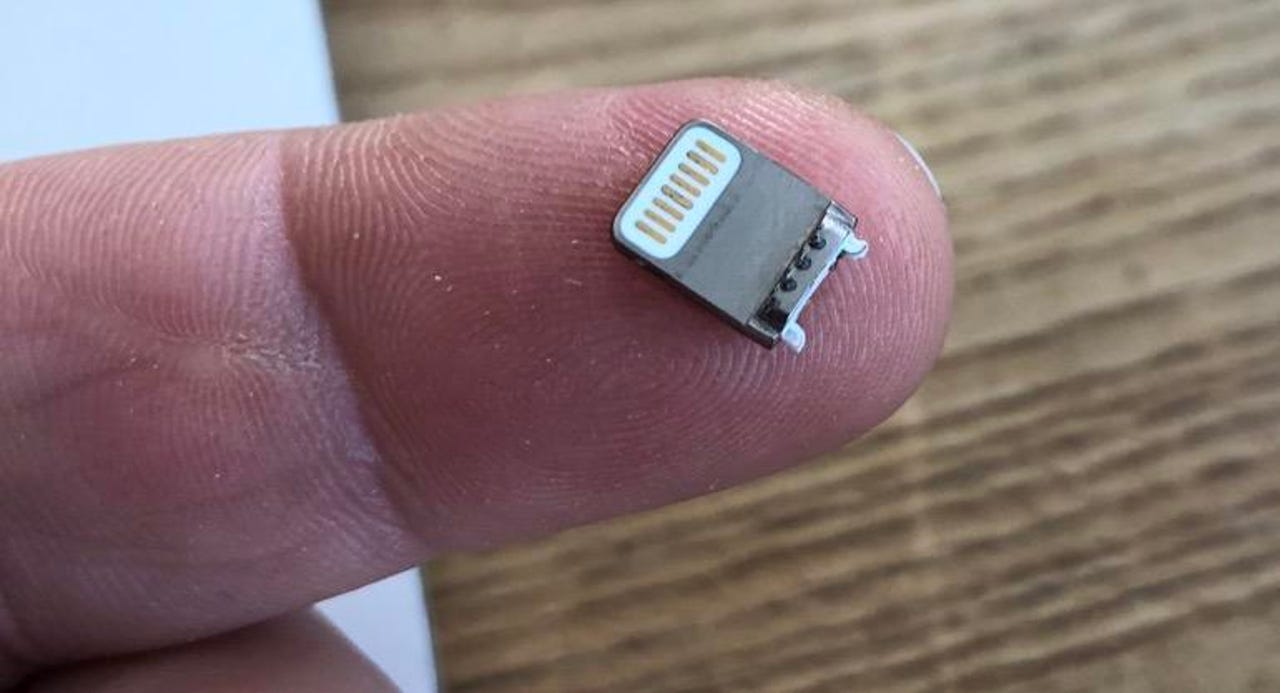
































This breaking inside your iPhone can be the start of a bad day.
Adrian Kingsley-Hughes/Once again, I've come across an iPhone that could have been damaged by a poor quality charging cable. The owner thought that they'd bought a genuine cable from an online retailer.
Apparently it was a "really good deal."
Also: Apple's worst product has now become one of its best
It wasn't a good deal. It was a fake.
Apple's MagSafe tech has been integrated into removable batteries. These are your top choices.
Read nowAnd it broke off in the Lightning port after a few weeks of use.
Fortunately, I was able to remove it using apair of surgical hemostats (a good tool to have in the toolkit).
I know that Apple charges a lot of money for replacementiPhone charging cables , and it's tempting to go looking for a "bargain," but these cheap cables rarely turn out to be bargains.
Especially if they end up damaging your iPhone.
So, how do you tell if a cable is genuine or not?
Let's take a look at some of the easiest ways to tell the difference.
Genuine Apple Lightning cable
Adrian Kingsley-Hughes/I find that the easiest way to spot a fake is to look at the Lightning connector. On fakes, this is usually rough and unfinished, the connector on the USB end will also look cheaper and nastier. On the genuine Apple cable, the Lightning connector is clean and smooth and well-finished.
Apple products are built to tight tolerances, while the counterfeit products are not.
The Lightning connector on a genuine Apple cable is smooth and well made.
Adrian Kingsley-Hughes/You might not have noticed, but Apple cables are marked with 'Designed by Apple in California' and either 'Assembled in China', 'Assembled in Vietnam' or 'Ind
 Hot Tags :
Tech
Our process
Hardware
Hot Tags :
Tech
Our process
Hardware